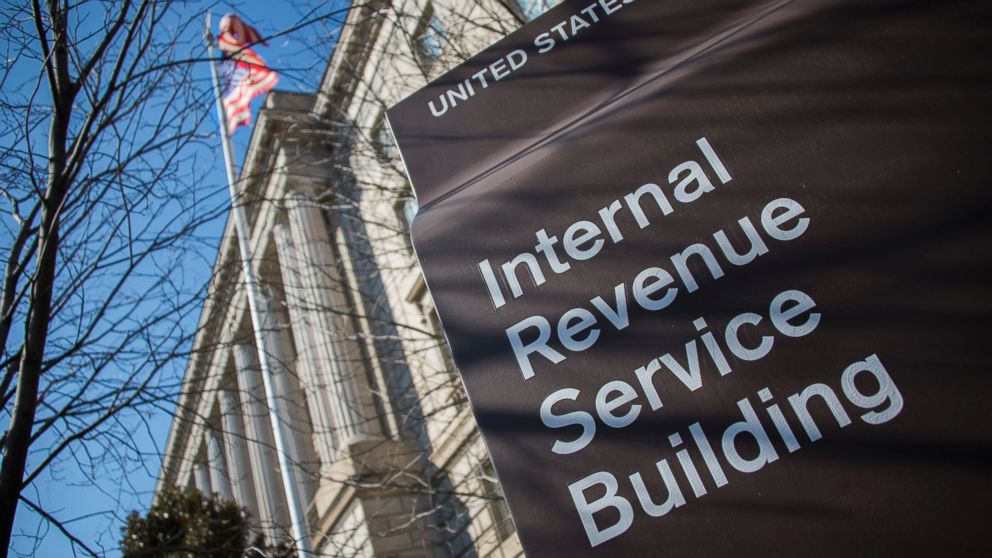The Simple Way to Keep Your Tax Refund Safe
Tax refund fraud losses are estimated to reach $21 billion by 2016.

— -- The holiday season is just getting underway, a time dedicated to finding the perfect gift for loved ones. Unfortunately, it’s also a busy time for people dedicated to the commission of identity-related tax fraud.
I’ve written more extensively about this issue in my book Swiped: How to Protect Yourself in a World Full of Scammers, Phishers, and Identity Thieves, but there are a few points that bear mention this month. Among the different tax-related identity crimes discussed in Swiped, I examine one of the main reasons this kind of crime is on the rise: data breaches.
Before we go any further in our consideration of the above, it’s important to drive home the one lesson to be learned here (there is only one): Tax fraud is on the rise. Tax refund fraud losses are estimated to reach $21 billion by 2016, according to the Treasury Inspector General for Tax Administration, which provides independent oversight of the Internal Revenue Service.
The fact that you have not yet been a victim of identity-related tax fraud may not have much to do with your efforts to stay safe. In fact, it might be nothing more or less than dumb luck. We’re looking at a numbers game in the evolution of this particular identity-related crime. With more than a billion records “out there,” it’s entirely possible that the only reason you have not yet been victimized is that the bad guys haven’t gotten around to you yet.
The major data breaches at Anthem and Premera exposed as many as 91 million Social Security numbers. In just those two compromises, hackers gained access to all the personally identifiable information one would need to commit tax identity theft for many years to come. While it might be comforting to say these breaches represent the main threat, it would also be inaccurate. Just because your information was not leaked in the above breaches does not mean you are safe. Not by a long shot.
The Trick That Could Save Your Tax Refund
The number one way to avoid getting “got” by identity-related tax fraudsters is to file early and beat them to the punch. The sooner you get your tax return to the IRS and your state, the better. Until the government creates better safeguards, speed is everything.
What If You’ve Already Been Scammed?
If you have become the victim of tax fraud, my book has a checklist of things you can do to safeguard yourself from subsequent problems. Here are some of them.
1. Report the Crime
File a report with your local police and file a complaint with the Federal Trade Commission at www.identitytheft.gov or by calling the FTC Identity Theft Hotline at 1-877-438-4338.
2. Request a Fraud Alert
Contact one of the three major credit reporting agencies — Equifax, Experian, or TransUnion — and ask that a fraud alert be placed on your credit records.
3. Consider Enrolling in Credit Monitoring Programs
You might wish to purchase a credit and fraud monitoring service which provides instant alerts whenever anyone attempts to open a credit account in your name. This monitoring can be an effective backup to fraud alerts.
4. Close Fraudulent Accounts
Close any credit or financial account that has been tampered with by a thief or opened without your permission.
5. Contact the IRS
Call the number provided on the IRS notice informing you of the fraud. To clear your tax record, complete IRS Form 14039, Identity Theft Affidavit. You can use the form at www.IRS.gov, print it, then mail or fax it.
6. Pay Your Taxes